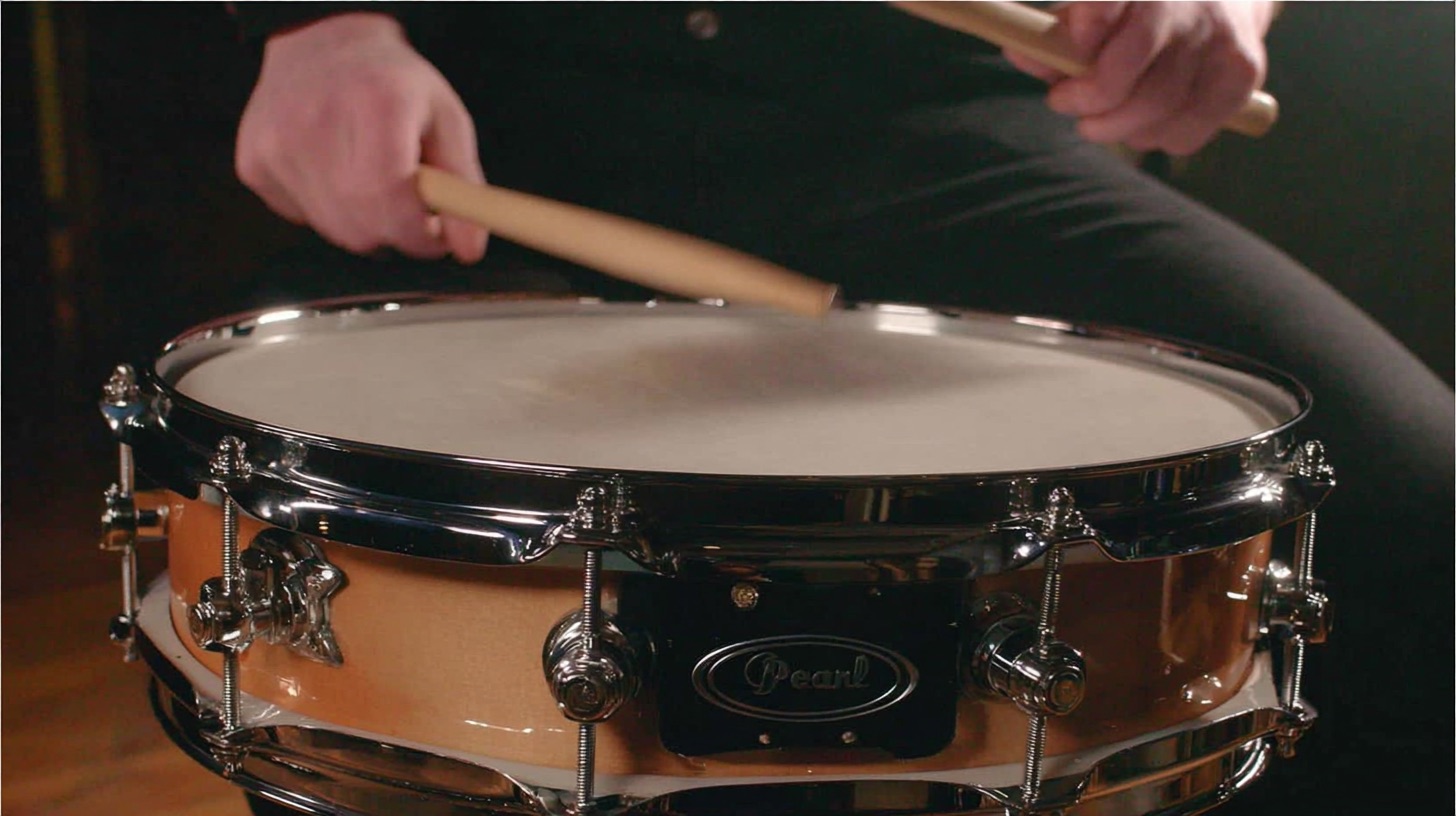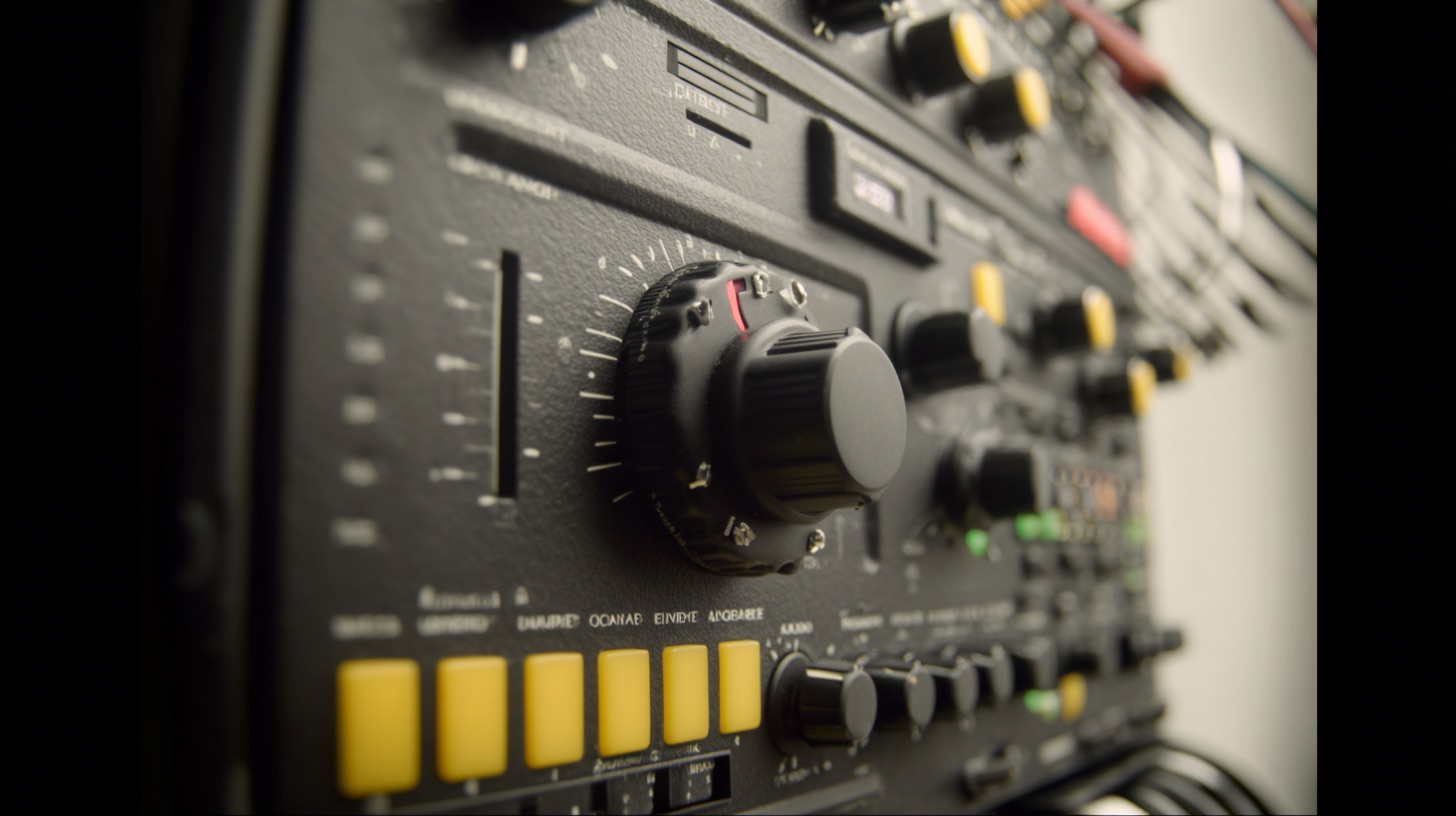
FabFilter for Metal Mixes: Essential Power or Overkill?
Nail The Mix Staff
FabFilter. The name alone gets audio nerds buzzing. Their plugins – Pro-Q 3, Saturn 2, Pro-L 2, the list goes on – are legendary for their sound quality, slick interfaces, and deep feature sets. If you’re mixing metal, you’ve probably seen them plastered all over pro sessions and YouTube tutorials, promising unparalleled control and sonic excellence. They look cool, they sound great, and everyone seems to be using them.
But here’s the million-dollar question for us metal producers: are FabFilter plugins truly essential for crafting brutal, release-ready metal, or are they just another shiny object fueling our collective Plugin Acquisition Syndrome (PAS)? Let’s dive in and see how these powerful tools fit into a practical, results-driven metal mixing workflow.
When FabFilter’s Power Truly Shines in Your Metal Mix
There’s no denying it: in certain situations, specific FabFilter plugins offer capabilities that can be game-changers for a heavy mix. It’s not just about having an EQ or a compressor; it’s about having the right features for a specific, demanding task.
Surgical Precision: Why FabFilter Pro-Q 3 is a Metal Mixing Weapon
Let’s be real, when you need to get surgical with your EQ, FabFilter Pro-Q 3 is an absolute beast. Think about those piercing cymbal frequencies that make your ears bleed around 6-8kHz, or the muddy low-mid build-up in quad-tracked rhythm guitars (often 200-500Hz) that fights your bass guitar. Pro-Q 3’s incredibly transparent sound, fantastic visual feedback from its spectrum analyzer, and features like dynamic EQ and mid/side processing let you dive in with scalpel-like precision.
Actionable Uses in Metal:
- Taming Harsh Cymbals: Use a narrow band in Pro-Q 3 to precisely notch out offensive frequencies without dulling the overall brightness. The spectrum grab feature makes finding these a breeze.
- De-essing Vocals: Got sibilant screams? A dynamic EQ band in Pro-Q 3 targeting the ‘sss’ frequencies (usually 5-10kHz) can act as a highly effective de-esser. Set a fast attack and release.
- Carving Space: In a dense metal mix, creating pockets for each instrument is crucial. Want to make space for vocals in a wall of guitars without thinning the guitars? Try a gentle mid/side EQ cut on the "mid" channel of the guitar bus around 1-3kHz.
- Cleaning Low-End: Use the linear phase mode (with caution, more on that later) with a steep high-pass filter on individual tracks like vocals or cymbals to remove unnecessary low-end rumble without affecting the phase of what remains.
This is where a plugin designed for such detailed work can make a tangible difference, much like using a specialist tool like Soothe2 to specifically tame high-end fizz without aggressive overall EQ moves. For more on carving out space and general EQ techniques, check out our deep dive into EQ Strategies for Mixing Modern Metal.
Dialing in Aggression & Character: Saturn 2, Timeless 3, Volcano 3
Metal isn’t always about pristine clarity; sometimes you need grit, vibe, and creative sound mangling.
- FabFilter Saturn 2 (Saturation/Distortion): This thing is a monster for adding anything from subtle warmth to outright annihilation.
- Drums: Try "Warm Tape" or "Gentle Saturation" on a drum bus to glue things together and add harmonic richness. For individual drums, "Clean Tube" on a snare can add punch, or "Heavy Saturation" blended in parallel can give it serious crack.
- Bass: Get your DI bass to cut through by adding some "Aggressive Amp" or "Broken Speaker" type distortion. Use the multi-band feature to only distort the mids and highs, keeping the low-end solid.
- Vocals: Parallel distortion with Saturn 2 on aggressive vocals can make them leap out of the speakers.
- FabFilter Timeless 3 (Delay): Beyond basic delays, Timeless 3 is a sound design playground. Create evolving, filtered delays on lead guitars or vocals. Use its modulation capabilities for subtle movement or wild effects. A dotted 8th note delay with some saturation and filtering can add epic space to a guitar solo.
- FabFilter Volcano 3 (Filter): For filter sweeps, rhythmic chopping, or adding movement to pads or sound effects, Volcano 3 is your go-to. Automate a low-pass filter sweep on a synth intro or a band-pass filter on a drum loop for a breakdown.
Taming the Chaos: FabFilter Pro-MB, Pro-C 2, and Pro-G
Dense metal mixes are a battlefield of frequencies. FabFilter offers some serious artillery for control.
- FabFilter Pro-MB (Multiband Compressor): When a full-band compressor is too blunt, Pro-MB lets you target specific frequency ranges.
- Guitars: Control boomy palm mutes (e.g., 80-150Hz) without squashing the entire guitar signal.
- Drum Bus: Tame overly aggressive cymbal wash (e.g., 5kHz and up) while letting the snare punch through.
- Vocals: Smooth out inconsistencies where a vocalist gets shouty in the upper mids (1-4kHz) but is fine elsewhere.
- FabFilter Pro-C 2 (Compressor): A super versatile compressor with multiple styles.
- Drums: Use the "Punch" style on individual drum shells, or "Bus" style on the drum bus for glue. Settings like a 4:1 ratio, medium attack (10-30ms), and fast release can work wonders on a snare.
- Vocals: The "Vocal" style is an obvious starting point, often with a fast attack and release to catch peaks.
- Learn more about taming dynamics in our Metal Compression Secrets Beyond Just Making It Loud guide.
- FabFilter Pro-G (Gate/Expander): Essential for cleaning up drum bleed (especially tomS) or tightening up chunky, staccato guitar riffs. The sidechain filter helps you fine-tune what triggers the gate.
Mastering Metal Loudness: The Role of FabFilter Pro-L 2
In metal, loudness often matters. Pro-L 2 is a top-tier limiter known for its transparency and ability to achieve competitive levels without turning your mix into a distorted pancake. Its various algorithms ("Modern," "Aggressive," "Punchy") offer different flavors, and the true peak limiting ensures you’re not clipping your converters. Essential for your master bus or even on loud instrument busses.
The Allure vs. Reality: Do You Really Need All That FabFilter?
Okay, FabFilter plugins are undeniably powerful. But here’s where we tap the brakes and inject a dose of NTM philosophy. Owning the shiniest tools doesn’t automatically make you a better mixer.
Pro-Q 3 vs. Your Trusty Stock EQ: The Nitty-Gritty
For those surgical tasks we talked about, Pro-Q 3’s features are hard to beat. But what about general EQing – high-passing toms, adding a bit of air to overheads, a broad scoop on rhythm guitars? Honestly, your DAW’s stock EQ or another workhorse you’re familiar with (like the Waves SSL E-Channel or Universal Audio Pultec EQP-1A emulation) can do that job perfectly well.
If you know why you’re cutting 400Hz on a guitar and what that sounds like, the specific plugin you use for that broad stroke matters less. The key is using the tool that’s intuitive for you and lets you make the right decisions quickly. If Pro-Q 3’s interface clicks with your brain, fantastic. But if you find it overwhelming or its visual nature distracts you from listening, don’t force it just because it’s popular. Sometimes a simpler interface like an SSL channel strip is better for broad strokes, while Pro-Q 3 excels at detail. What matters is that whatever you’re working with allows you to do your best work.
Plugin Overload: Resisting FabFilter GAS (Gear Acquisition Syndrome)
We’ve all been there: you see a pro use a certain plugin, get amazing results, and suddenly you need it. This is Plugin Acquisition Syndrome (PAS), and it’s a real creativity killer. You can end up with 20 different EQs and 15 compressors, yet your mixes don’t magically improve. Why? Because what really matters are your skills and your understanding of fundamental concepts.
FabFilter plugins are an investment. Do you need the entire bundle right now? Probably not. It’s far more effective to deeply learn one or two versatile EQs and compressors – even if they’re stock plugins – than to superficially know dozens. Stock plugins these days are incredibly capable. If you know what you’re doing, that’s often all you need.
Next-Level Metal: Advanced FabFilter Tricks (If You Commit)
If you do invest in FabFilter and take the time to learn them, they offer some powerful advanced workflows perfect for modern metal.
Dynamic EQ with Pro-Q 3: Solving Pesky Metal Mix Problems
Dynamic EQ is a lifesaver. Instead of a static cut that affects the sound all the time, a dynamic band in Pro-Q 3 only kicks in when a specific frequency crosses a threshold.
- Palm Mute Chug: Heavy palm mutes can create a build-up in the low-mids (around 100-250Hz). A dynamic EQ band can dip these frequencies only when the chugs hit hard, keeping the guitars full-bodied otherwise. Set the threshold so it only activates on the problematic notes.
- Snare Ring: Tame an annoying snare ring that only appears on loud hits without making the snare sound thin on softer ghost notes.
- Boomy Kick Drum: Control inconsistent low-end thumps from a kick drum that get out of hand on certain hits.
Widening Your Metal: Mid/Side Magic with Pro-Q 3
Pro-Q 3’s mid/side mode allows you to EQ the center (Mid) of your stereo image independently from the sides. This is killer for metal:
- Wide Guitars, Clear Center: High-pass the "Side" channel of your main guitar bus (e.g., below 100-150Hz) to tighten the low-end and keep it focused in the center with the kick and bass. You can also subtly boost high frequencies on the sides for more width.
- Focused Bass: Ensure your sub-bass is mono by EQing the "Mid" channel for your main bass frequencies and cutting lows from the "Side" channel if there’s any stereo information (like from a chorus pedal).
- Reverb/Delay Polish: EQ the "Side" channel of your reverb returns to shape the ambience without cluttering the direct sound in the "Mid."
Parallel Processing & Phase: Navigating FabFilter in Complex Setups
Metal mixes thrive on parallel processing – think parallel compression on drums for punch, or parallel distortion on vocals for aggression. When running signals in parallel, especially through different plugins, latency and phase are CRITICAL. One plugin taking longer to process can smear transients or cause nasty comb filtering.
FabFilter plugins generally report their latency accurately, which most modern DAWs handle with Automatic Delay Compensation (ADC). However, ADC isn't always foolproof, especially in DAWs historically known for ADC quirks (yes, older Pro Tools versions, we're looking at you!).
Even EQ itself works by manipulating phase. Pro-Q 3 offers different processing modes:
- Zero Latency & Natural Phase: Best for most tracking and mixing tasks. Natural Phase aims for a more 'analog-like' phase response with minimal latency.
- Linear Phase: This mode avoids phase shift, which can be crucial on the master bus or when EQing parallel signals to prevent comb filtering. BUT, it comes with significant latency and potential pre-ringing artifacts. Don't just slap Linear Phase on everything! Use it judiciously, typically on busses or for mastering, where the latency isn't an issue for real-time performance and phase coherence is paramount. If you put a linear phase EQ on an individual drum track that's also going to a parallel bus without that same latency, you're asking for phase problems.
Being mindful of these aspects, especially when using high-latency modes or complex parallel chains with plugins like Pro-Q 3 or Pro-MB, is key to avoiding a phasey, undefined mess.

100+ Insanely Detailed Mixing Tutorials
We leave absolutely nothing out, showing you every single step
The Bottom Line: FabFilter, Your Skills, and Nail The Mix
FabFilter makes some truly exceptional tools that, in the hands of a skilled engineer, can absolutely elevate a metal mix. They offer precision, power, and creative flexibility. But like any high-performance gear, they’re not a shortcut to pro results. Understanding why you’re reaching for Pro-Q 3’s dynamic EQ, or how to dial in Saturn 2 for the perfect snare aggression, is far more crucial than just owning the plugin.
Minimal viable setup for one of the top metal mixers? Often, it’s stock plug-ins, unless they need a specific amp sim or drum replacement tool. Their mixes are good because they know what they’re doing.
Ultimately, whether you choose FabFilter, stock plugins, or a mix of both, remember that no single plugin will define your sound. You could give ten metal producers the exact same FabFilter suite, and you’d get ten different-sounding mixes. Your choices, driven by your taste, your experience, and your unique way of hearing things, are what make your mixes unique. Don’t try to be unique; you already are. Focus on honing your craft, listening critically, and making bold decisions. The tools are there to serve your vision.
This is exactly what we dive deep into at Nail The Mix. Imagine seeing producers who’ve mixed bands like Gojira, Periphery, and Meshuggah use tools like FabFilter’s suite – or even stock plugins – explaining their every move, not just what they’re doing, but the why behind it. You get the raw multitracks to mix alongside them, learning the techniques and philosophies that truly make a difference.
Ready to go beyond just collecting plugins and actually master the art of metal mixing? Unlock Your Sound: Mixing Modern Metal Beyond Presets and see how the pros build those crushing tones from the ground up. Spend your time improving your craft, and the art will come.
Get a new set of multi-tracks every month from a world-class artist, a livestream with the producer who mixed it, 100+ tutorials, our exclusive plugins and more
Get Started for $1




